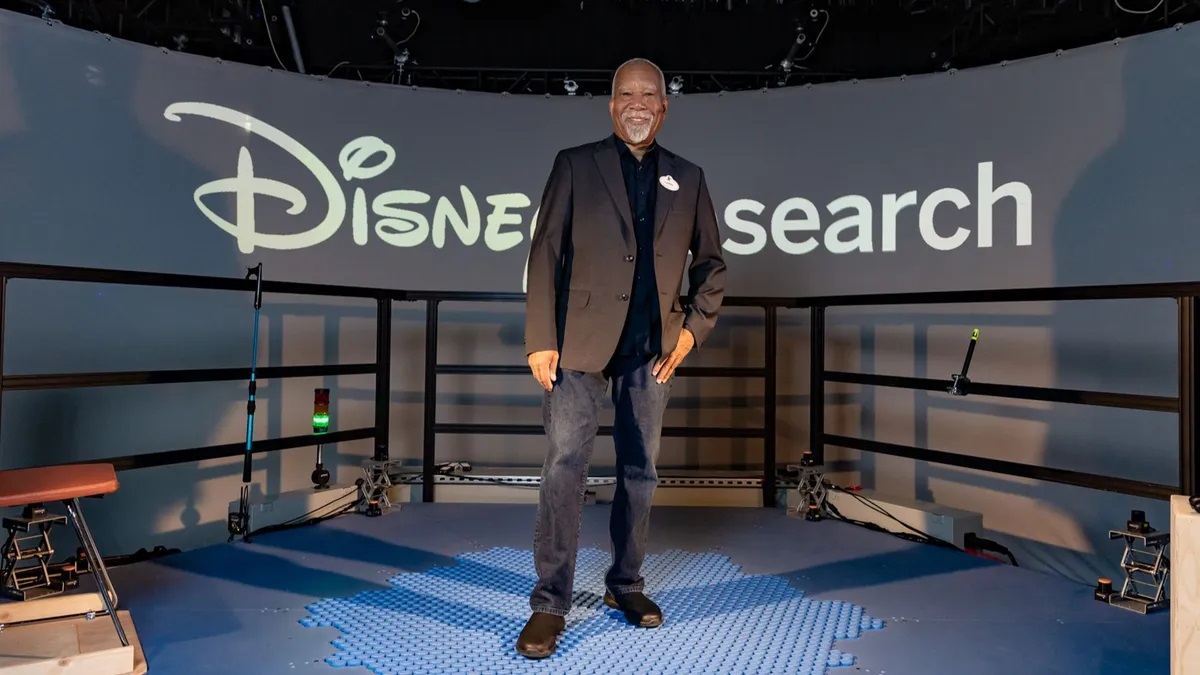Virtual reality (VR) technology has been revolutionizing the way we experience digital environments. However, one of the major challenges with VR has been the limitation of movement, which can detract from the immersive experience. Disney Research has recently unveiled an innovative solution to this problem with the introduction of HoloTile, a groundbreaking system that promises to redefine the way we interact with VR environments.
Key Takeaway
Disney’s HoloTile introduces a game-changing approach to VR movement, offering a glimpse into the future of immersive virtual experiences. While its current status is geared towards research and development, the potential for HoloTile to revolutionize VR interactions, particularly in Disney Parks VR experiences, is a promising prospect.
The HoloTile Solution
The HoloTile system is a marvel of engineering, consisting of hundreds of small, round “tiles” that function as mini, omnidirectional treadmills. These tiles work in unison to prevent the user from leaving the designated area, allowing for seamless and natural movement within the VR space. This elegant solution addresses the challenge of movement in VR, providing users with the freedom to walk in any direction while remaining within the confines of the platform.
Impressive Features
One of the most remarkable aspects of HoloTile is its ability to support multiple users simultaneously. This feature opens up new possibilities for collaborative VR experiences, allowing individuals to interact and navigate virtual environments together. Moreover, the system’s adaptability to accommodate independent movements of each user showcases its potential for diverse applications beyond traditional gaming.
Challenges and Future Prospects
While the HoloTile system presents a groundbreaking solution to the movement constraints in VR, there are still questions surrounding its practical implementation. Factors such as the maximum speed supported and weight capacity remain to be addressed. Additionally, the current iteration of the technology is primarily a research project, indicating that it may not be readily available for consumer use in the near future.







